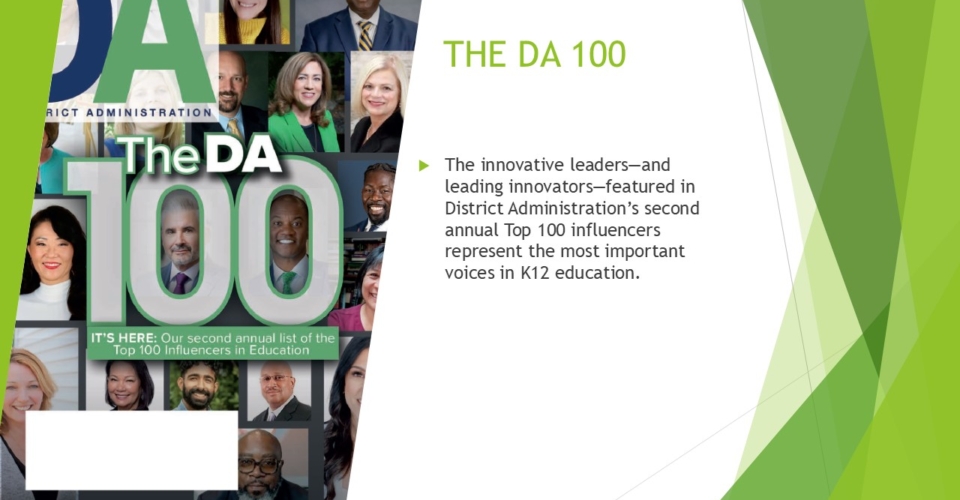I’ll never forget sitting in the principal’s office with four fellow teachers and one distraught parent. She was hurt and angry because her child had fallen behind in classes and was unaware that anything had changed for the last six weeks.
She proceeded to blast every single one of my colleagues. Then she looked at me and said, “Nope. You and I are fine. We’ve talked, so I know what’s happening in chemistry.” I was stunned. That moment revealed to me that school systems and families are frequently disconnected and often only engage when something’s wrong.
Traditional family engagement
Over my 29-year career in education (including 20 years as a high school science and math teacher), I’ve worked in five school communities. In most cases, we held a few events during the year to share with parents what’s happening in the classroom.
Most schools have a night where parents and caregivers follow their child’s bell schedule and get 10 minutes of group time with the teacher. Building a meaningful relationship with parents in that assembly line setting is challenging.
Parent-teacher conferences are another family engagement touchpoint. They may last between 10 and 30 minutes, and typically occur once or twice a year. Often, the parents of kids you really want to show up don’t make it.
A recent research brief on family engagement from the nonprofit NWEA noted that families want frequent communications about their child’s progress. The benefits of family engagement include improved early literacy and math achievement, and a greater chance of students graduating high school and attending college, according to the brief.
How high-impact tutors build relationships
Things were different when I worked at Match Charter Public High School in Boston. The school’s director expected teachers to make at least 10 weekly calls to parents and caregivers so they heard from us once a month. I learned the value of building relationships with students’ parents and caregivers.
I know what some teachers might be thinking: “I have a roster of 180 students. That’s a big lift to make meaningful connections with every single parent.” I’m not suggesting we tax teachers with such a giant caseload.
Instead, schools should consider training and using their high-impact tutors to support schools and teachers in making meaningful connections with parents and caregivers.
Why tutors? When you have a tutor with 24 students, not 180, they have an opportunity to make those meaningful connections. How does a tutor do that? They call parents and share positive progress about their students.
When calling parents, I wasn’t calling because something was going wrong. I could say, “I wanted to reach out and introduce myself. I wanted to let you know about what’s happening here in the math lab. I’m seeing some amazing things happening with your kid. This is where I’m seeing them grow. I’m so proud of them.”
When I was at the Match School, Alan Safran, the school’s director and now the CEO at Saga Education, called this “relationship capital.” If things get tough for the student and their family later in the year, you might have to draw on that relationship capital for support.
This approach creates a positive foundation. It’s easier then to make the call to say, “I’m calling you because David’s skipping math lab. He hasn’t shown up. I could use your help. Can we work on this together and get them back to the math lab?”
That’s a different conversation when you have a relationship, rapport, and common history with a student’s parents or caregivers.
Can you trust tutors to do this?
Some school leaders might hesitate to put tutors in this position. They might think, “How could this go wrong?” In my decade of working with tutors to communicate with families, I have yet to experience an instance where the tutor’s communication with parents and caregivers was anything other than a positive experience.
For reluctant school leaders, one way that schools can ease tutors into these conversations with parents and caregivers is by inviting them to parent-teacher conferences. A challenge that comes with this is paying for additional hours after school, so schools will need to consider that for their tutoring budget.
When schools let parents and caregivers hear a tutor’s positive perspective on their child’s growth, it changes their perception of their child as a learner and increases engagement in their child’s learning. It’s challenging for teachers to do that en masse.
In the same way, tutoring enables greater individualized learning among small student groups than in a class of 30, tutors can make closer connections to draw families into what their children are learning.
If your teachers lack time to make those connections, tutors are among the best people to take on this role because they often forge strong connections with students and families.
Funding freeze: $5.5 billion in frozen funds released by Trump administration
Find a new story in our slideshow



